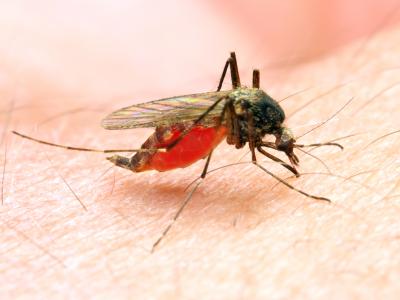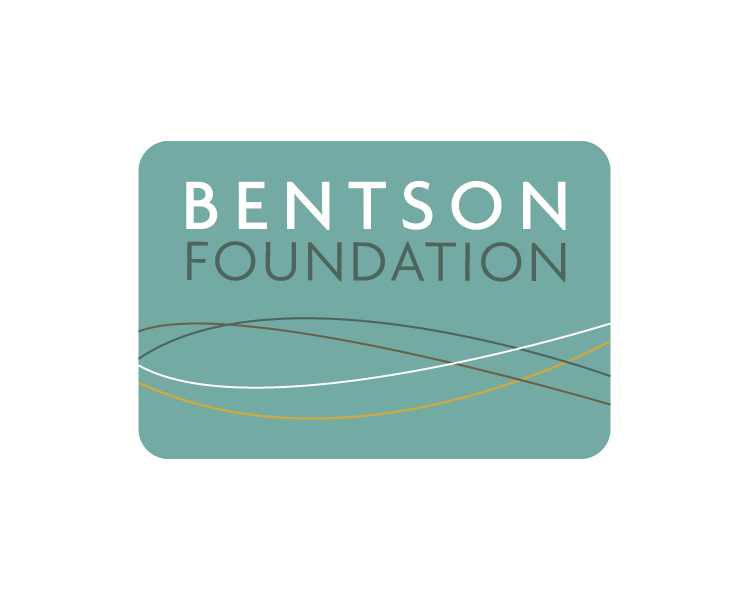The New Hampshire Department of Health and Human Services (DHHS) said a person from Merrimack County has become the first person in the state to be diagnosed as having clade 1 mpox, also known as clade 1b.
This detection raises the total US clade 1 cases to three.
The individual recently traveled to Eastern Africa, where there is an ongoing outbreak of clade I mpox.
"The individual recently traveled to Eastern Africa, where there is an ongoing outbreak of clade I mpox, and is currently self-isolating and recovering at home," the DHHS said in a press release issued late last week. "The individual's illness poses no current risk to the public."
The DHHS said there was no evidence of human-to-human transmission in this case, but contacts of the patient are being closely monitored and offered prophylactic (preventive) vaccination.
The novel clade1b is different from the clade 2 virus that circulated globally in 2022 and 2023, primarily among men who have sex with men.
First clade 1 case in Ireland, possibly in South Sudan
In related news, Ireland's Health Service Executive (HSE) said an Irish resident has contracted the country's first case of clade 1 mpox. The person had recently traveled to the Democratic Republic of the Congo, where clade 1b mpox was first noted in 2024 is currently circulating in the community at high levels.
"The HSE is fully prepared to respond to this case, as work has been ongoing since August 2024," the HSA said in a statement. "We have been working alongside international partners and National Health Protection has been monitoring mpox closely since the outbreak in Democratic Republic of Congo first emerged."
Finally, according to a post on ProMed Mail, South Sudan has reported an mpox case, and though the clade isn't mentioned, clade 1b is a strong possibility, given the patient had recently traveled to Uganda.
If the case is confirmed as clade 1b, South Sudan would be the 22nd affected African country.














